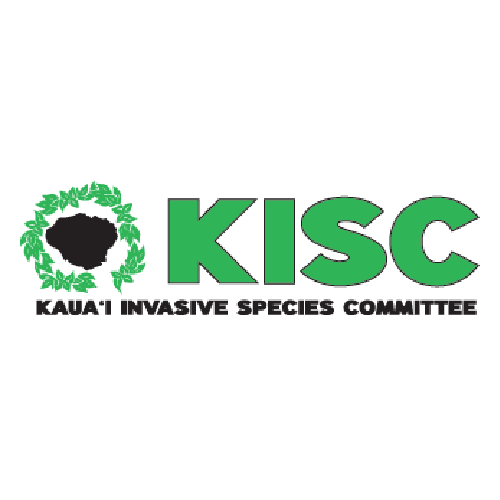Family: Fabaceae
High Risk Traits:
- Naturalized and invasive in Australia, with potential negative impacts to native ecosystems (may compete with and exclude native vegetation)
- Other Retama species are invasive
- May be toxic to animals and people if ingested
- Edible, despite potential toxicity, but palatability is low
- May increase fire risk in arid environments
- Tolerates many soil types
- Nitrogen fixing (may modify soil nutrients)
- Reproduces by seeds
- Reaches maturity in 2+ years
- Seeds dispersed by water, internally by animals, as a soil contaminant, and intentionally by people
- Prolific seed production (up to 3000/m2)
- Forms a persistent seed bank (5-20 years longevity)
- Resprouts after cutting, and low intensity fires
Low Risk Traits:
- Unarmed (no spines, thorns, or burrs)
- Provides fodder for livestock (palatable despite reports of toxicity)
- Grows in arid, high light environments (may be unable to spread into dense, intact forest)
- Not reported to spread vegetatively
- Herbicides may provide effective control




